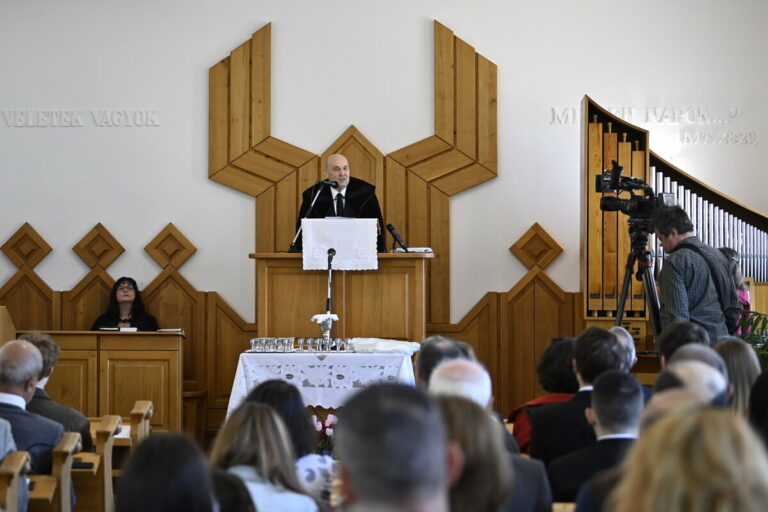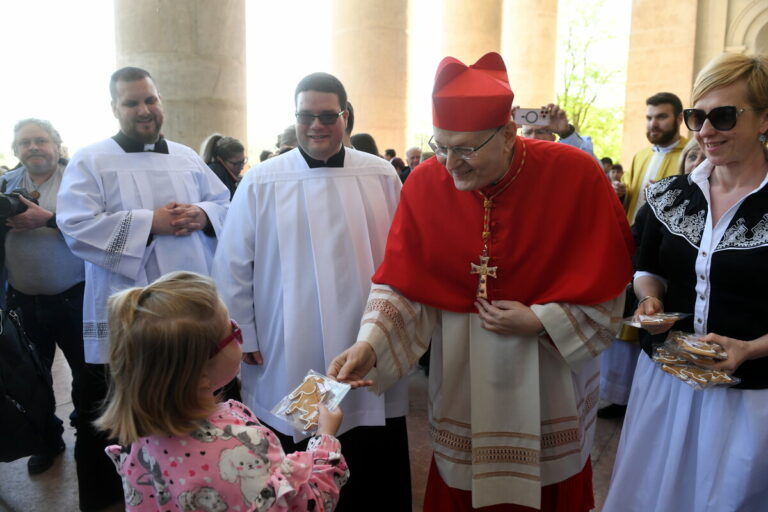Easter
Hungarian Easter in 2025 – photo gallery

Armed guard of honour holds rare Easter ritual in Hungarian church

Evangelical Bishop Szemerei: ‘Faith is not about credulity’

Reformed Bishop Steinbach: ‘There is hope, there is a future’

The tradition of sprinkling on Easter Monday in Hungary

Hungarian Cardinal Erdő: World ‘in desperate need of hope’

Attention: Budapest public transport schedule to change for Easter weekend and spring break

Plan ahead: Easter Weekend shopping guide in Hungary!

Here are the long weekends in 2025 in Hungary!

Anticipating summer: Beach season preparations, price changes and trends for 2024

Four categories broke the heat record on 1 April in Hungary

The Hungarian tradition of sprinkling on Easter Monday – UPDATED

SHOCKING: horror entrance fee to this traditional Hungarian Easter festival

Easter celebrations to be led by leaders of historic churches

Easter, spring break, time change: public transport timetable changes in Budapest and Hungary

Easter long weekend: shops that remain open in Hungary and where to find them

Affordable spas for Easter break: Where to find relaxation under EUR 5 in Hungary

3 ways to master the art of traditional Hungarian Easter egg painting – PHOTOS





 ZH
ZH IT
IT DE
DE HR
HR NL
NL FR
FR JA
JA RO
RO RU
RU ES
ES TR
TR
